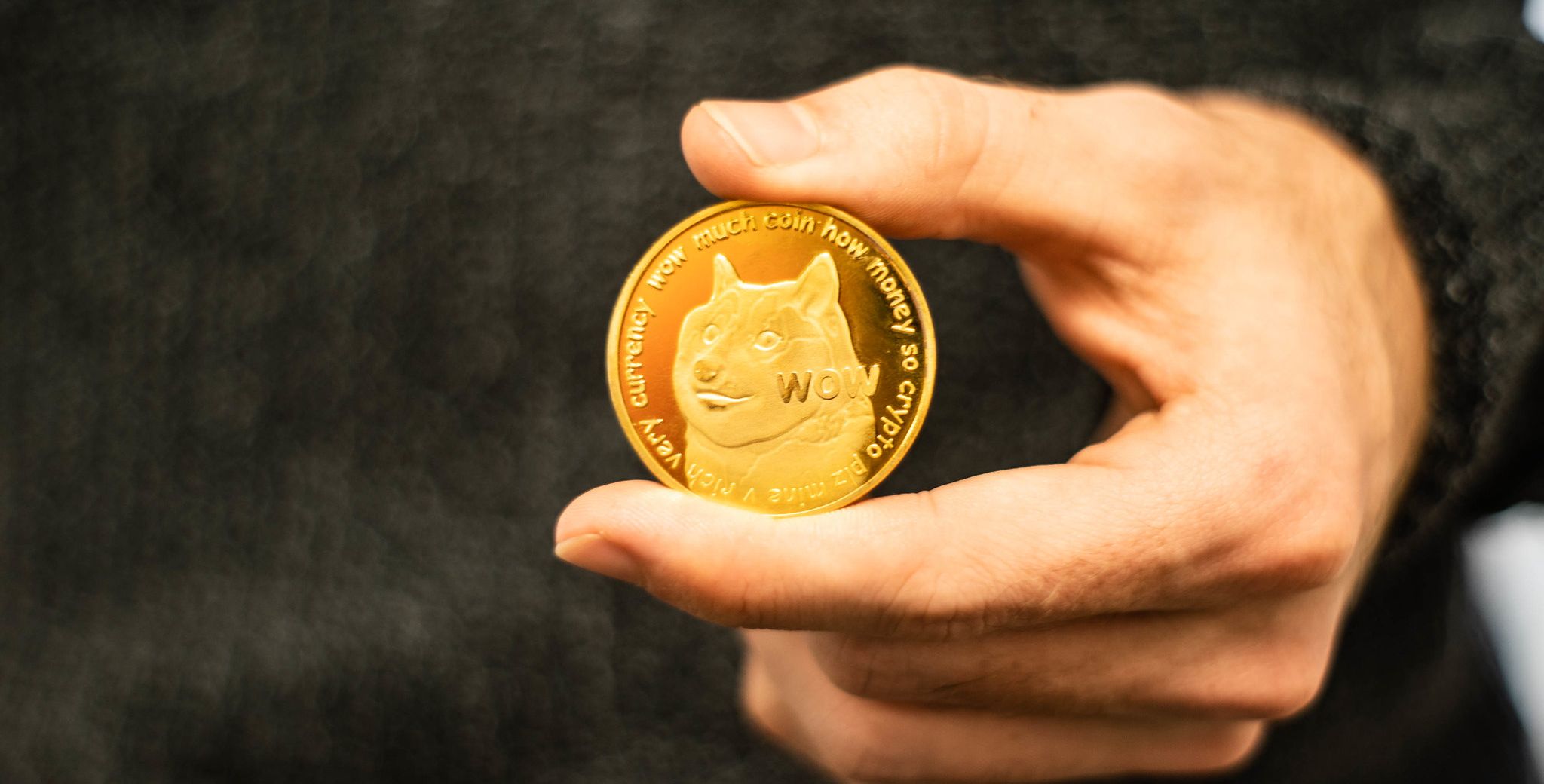If you use social media, you probably know how hugely influential memes can be on internet culture. Memes come and go in a matter of weeks, while others remain relevant for years. But memes don’t stop there. These internet phenomena have given way to the creation of meme coins.
So, what are meme coins, what is their purpose, and are they legit?
What Is a Crypto Meme Coin?
There’s no denying that the cryptocurrency industry has its fair share of critics. After all, the market is highly volatile, unregulated, and rife with cybercriminals. So, the enthusiasm that some feel towards cryptocurrency, and the hoards of cash they invest in it, can become something of a joke. This is often what gives way to meme coins.
Meme coins are cryptocurrencies with names and logos based on popular internet memes. These usually poke fun at the cryptocurrency industry and its rampant growth, though this isn’t always the case. Sometimes developers decide to attach a meme to the name and marketing of their coin simply because this can boost popularity through association.
Examples of Meme Coins
Take Dogecoin, for example, the first and most well-known meme coin in the market today and is among the most popular cryptocurrencies across the board. Founded in 2013 by two crypto critics, Dogecoin began as a mockery of cryptocurrency, specifically Bitcoin, one of the only valuable cryptos circulating at the time.
Dogecoin began to gain significant traction in 2021 when the crypto boom boosted the value of many coins. This was pretty ironic, as the exact people that Dogecoin’s founders were poking fun at began investing in the coin, and it fast became a market leader. Of course, many people also invested because they simply liked the message that Dogecoin was sending about crypto’s unreliability, though you could, again, say that this is peak irony.
In 2021, Dogecoin transformed from a jovial meme coin to a legitimately valuable cryptocurrency with long-term promise. One of the project’s founders, Jackson Palmer, took a step back from Dogecoin long before this boom, as his strong criticism of cryptocurrency meant he could not continue to be involved with the project.
Another meme coin that was inspired by Dogecoin, known as Shiba Inu, has also become successful in recent years. However, this crypto was intended to poke fun at crypto, as Dogecoin did. Shiba Inu simply plays off the “Doge” meme to gain popularity.
Because meme coins are often very community-driven, their value can fluctuate drastically depending on the attitude of investors. If a meme is only popular for a few months, the meme coin’s value could plummet once internet users move on to the next thing. This is a major risk associated with investing in meme coins.
Meme coins also often have an extremely large or infinite supply. Dogecoin’s developers did consider giving the coin a supply cap but decided to leave it open-ended, meaning there is no limit to how many Dogecoin can be mined.
Shiba Inu Coin, on the other hand, does have a supply limit, but it currently stands at a quadrillion SHIB, which is absolutely mammoth. However, there are already over 500 trillion SHIB in circulation, which is half of the total limit. This high supply often mitigates the demand, which is why meme coins generally have a pretty low price (usually under a dollar).
Why Do People Invest in Meme Coins?
As previously stated, some individuals invest in meme coins because they’re fond of the message they send and want to offer support. But others view meme coins as a legitimately promising investment and have no interest in the meme element of the asset. As meme coins have gained traction, the latter reason has become more and more popular, with investors looking to get in on the action.
But, as stated above, meme coins can be highly volatile, so always do your research on a meme coin’s price history before investing, and never invest more than you can afford to lose—especially if you’re effectively banking on a meme.
Meme Coins: Silly on Paper, Massive Market Caps in Reality
Though meme coins seem a little silly on paper, some have become hugely popular assets with massive market caps and trading volumes. Their value may not reach the heights of Bitcoin or Ethereum, but their presence in the industry alone shows how a seemingly jovial asset can become a serious investment option with enough hype.







